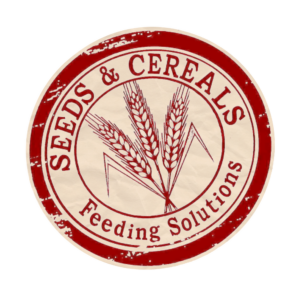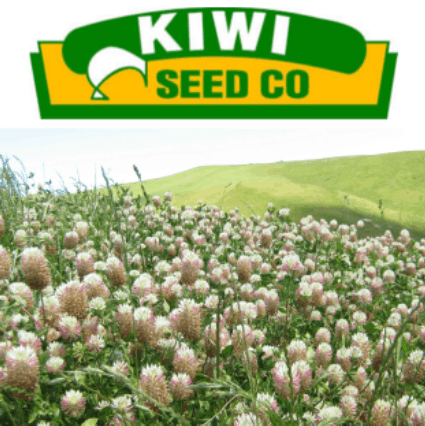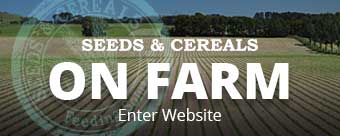Description
Cefalu Arrowleaf Clover
Trifolium vesiculosum
Cefalu is highly productive in September and October, and is a valuable protein source for growing lambs and milking ewes over this important period.
Cefalu will not tolerate wet soil conditions over the winter months. This clover has an erect growth habit with strong stems, this allows a high percentage of leaf exposure to the sun and higher photosynthesis than prostate annual clovers.
Cefalu has a very large flower, attractive to bees and other insects for effective pollination. A large seed drop can be expected, up to 1000 kg per ha is possible. A seed set in the first spring will ensure long term future use of Cefalu in permanent pastures. Second and subsequent years may be grazed normally at standard stocking rates. Low risk of bloat during grazing.
Features
-
Low tolerance to water logging
-
Earlier flowering Arrowleaf clover than Arrotas, similar to Bolta Balansa.
-
Highly productive August, September and October
-
Erect growth habit with strong stems
-
Very palatable to the animal including stems
-
High hard seed levels for future re-generation
Establishment and Grazing Management
-
Purchase high quality certified seed, which has been softened. Inoculation with group C inoculant is vital before sowing.
-
Successful establishment can be achieved through direct drilling. This reduces soil disturbance, which limits germination of competing weeds.
-
Sowing depth of 5mm should not be exceeded, light rolling or harrowing with chains afterwards improves seed– soil contact.
-
pH requirement down to 5.3
-
10– 15kg P/ha as single or triple superphosphate can be beneficial in soils with a low available P level.
-
Light grazing through winter assists controlling competition from winter active species if grown in a mix.
-
Defer grazing from beginning of flowering in first year to ensure maximum seed set, reintroduction 6 weeks after flowering and when seed heads are dry. Sheep will then carry the seed in their gut and deposit it to other paddocks.




